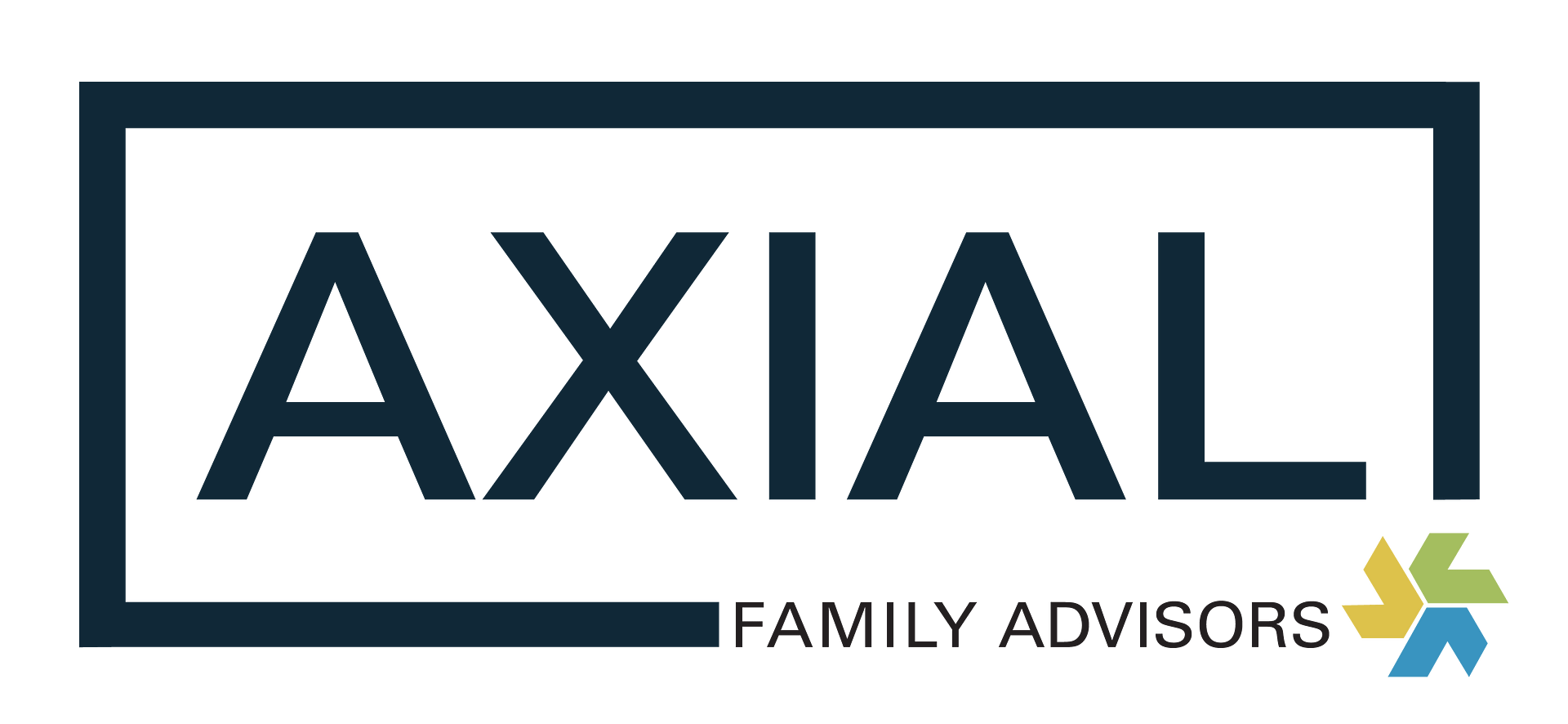Deficient coverage may cost you someday.
Many households and businesses are insufficiently insured. The problem is not necessarily the quality of coverage, but the breadth and depth of it. Your own business or household may be more vulnerable than you realize.
Too many people go without disability insurance. If you work in a physically demanding field, your employer may provide short-term disability coverage – but many companies do not. According to the Bureau of Labor Statistics, just 39% of workplaces offer employees short-term coverage, and only 33% offer long-term coverage.1
If you are disabled and cannot work, your income soon disappears. Short-term disability insurance, which may last anywhere from 10-26 weeks, commonly replaces around 60% of it. Not ideal, but better than 0%. About 8% of the time, however, a short-term disability lasts more than six months and extends into a long-term disability. Long-term disability coverage can replace 50-70% of your salary for a period of 2-10 years, perhaps even until you turn 65.1,2
More people ought to have earthquake and flood coverage. You may think that earthquake insurance is only for those living right on top of fault lines. If your home sustains quake damage that you must repair with tens of thousands of dollars of your hard-earned money, or if your business is forced to close for two weeks after a major quake hits your area, your opinion will change.
Recent hurricanes and flood surges have underlined the value of flood insurance for those living in low-lying areas. Just 12% of U.S. homeowners have this coverage. A typical homeowner policy will cover minor water damage, but not flood damage.3
If you finance a car and it is stolen or totaled, will you have to pay for it? Not if you have GAP (Guaranteed Auto Protection) insurance. If you are going to finance a car, SUV, or truck, ask about this coverage – especially if you intend to use that vehicle for work or business. The coverage is cheap – payments are usually $10-15 more each month (over the life of the loan).4
If you buy a new truck for $25,000 and it is totaled a year later, the insurer providing GAP coverage will determine the current value of the vehicle and write a check for that amount minus your deductible. You may want GAP coverage if you are buying a vehicle with less than 30% down. Without it, you may risk owing more than the current market value of your vehicle if it is stolen or wrecked.4
Is your sewer line insured? Cities usually require homeowners to maintain the sewer lateral running onto their property – the “branch” of the main sewer system on the street that connects to their house. If that sewer lateral backs up, it could cost you thousands and create a health problem for your neighbors. (Businesses have the same responsibility.) Tree roots and even improper disposal of paper products and grease can lead to this problem. Coverage against it is relatively cheap – it just adds about $40-50 to the annual premium on a homeowner policy.5
Address the weaknesses in your personal or business coverage, today. You certainly do not want to look back with regret on “what you should have done.” Be prepared, and put coverage for some or all of these potential crises in place.
Citations.
1 – time.com/money/4428179/short-term-disability-pay/ [6/19/17]
2 – thebalance.com/what-is-long-term-disability-insurance-1918178 [7/9/17]
3 – cnbc.com/2017/09/11/navigating-insurance-claims-post-hurricane-irma.html [9/11/17]
4 – chron.com/cars/article/Financing-a-car-GAP-insurance-can-keep-drivers-12200736.php [9/15/17]
5 – wnins.com/resources/personal/features/sewerbackup.shtml [9/15/17]




